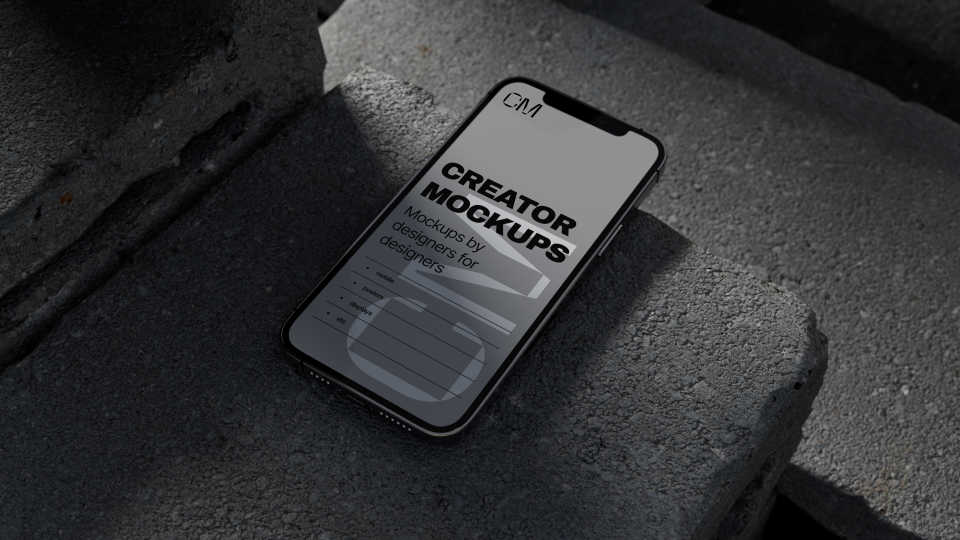Successful design work doesn't end with the completion of an excellent design; effective presentation to your clients is equally important. Your communication style could be the definitive factor that seals your client's approval. A highly useful strategy to display your design work is by employing mockups, as they provide a lifelike display of your work, allowing clients to visualize the end result. Here are three insightful tips to fully utilize this compelling tool during your client demonstrations.
1. Weave a Story Around Your Design
Begin with an engaging narrative that sheds light on the rationale behind your design. This helps situate your work within the client's goals and the target audience's requirements.
Incorporate mockups as visual aids to this narrative. Demonstrate how each component of the design contributes to the overall storyline. If you're showcasing a website design, for example, use the mockup to guide the client through a typical user's journey on the site. This not only highlights the design's functionality but also enables the client to appreciate its strategic importance.
2. Accentuate Critical Design Features
Since clients may not always grasp the nuances of design, it's crucial to steer them through the significant aspects. Use mockups to draw their attention to specific attributes of your design. If you've integrated a novel navigation menu in a website design, spotlight it in the mockup and elucidate how it elevates the user experience.
Further, illustrate how the design elements resonate with the brand's identity. Show, for instance, how the color scheme aligns with the brand's palette or how the choice of typeface mirrors the brand's tone.
3. Offer Authentic Representations
Mockups should deliver an authentic depiction of the end product, so it's vital to use detailed, high-quality mockups. If you're presenting a product packaging design, for instance, employ a 3D mockup that displays the design from diverse perspectives. If it's a website or an app design, use mockups that reflect how the design will look on varying devices.
In addition, use mockups to demonstrate how the design will appear in real-world scenarios. This enables the client to envision the design in action. For example, if you're creating a billboard design, exhibit a mockup of the billboard situated in a bustling street scene.
Conclusion
Being adept at effectively showcasing your design work to clients is a vital proficiency that all designers should possess. By leveraging mockups to craft a story, underline key design aspects, and deliver genuine portrayals, you can elevate your client presentations, bolster communication, and enhance the probability of securing approval. So, fully exploit the advantages of mockups and let your design work take center stage.
